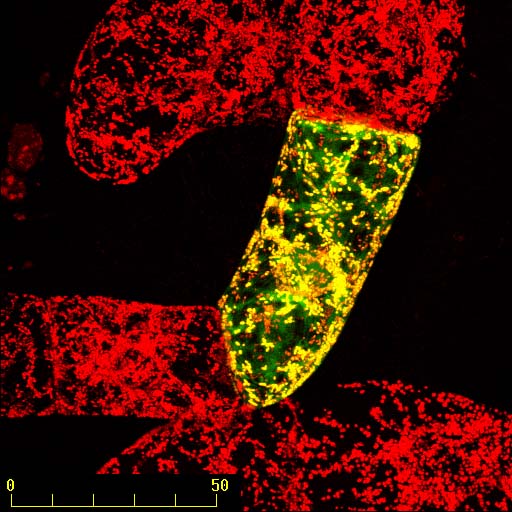Prof. Dr. Nakao Kubo
Graduate School of Life and
Environmental Sciences,
Kyoto Prefectural University
Biotechnology Research Department,
Kyoto Prefectural Agriculture, Forestry and Fisheries Technology Center
74 Oji, Kitainayazuma, Seika,
Soraku,
Kyoto 619-0244, JAPAN
Fax: +81-774-93-3528
E-mail: nkubo
 kpu.ac.jp
kpu.ac.jp
